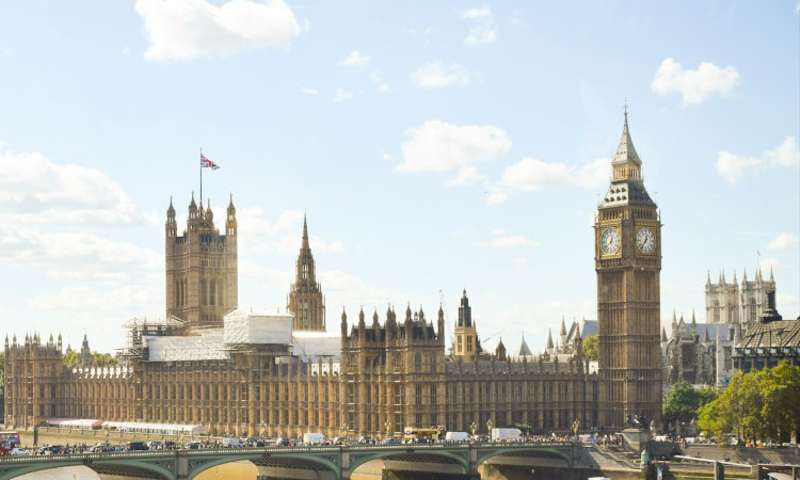With an enormous range of densely packed attractions Westminster attracts large crowds of tourists,
and so inevitably also attracts some people looking to take advantage of them.
An important tip is to avoid the pedicabs that congregate around Westminster Bridge: They have been known
to charge hundreds of pounds to take tourists on very short rides.
Likewise while the area is generally very safe it is good to remember that pickpockets will operate around large crowds, for example
those around Buckingham Palace.

